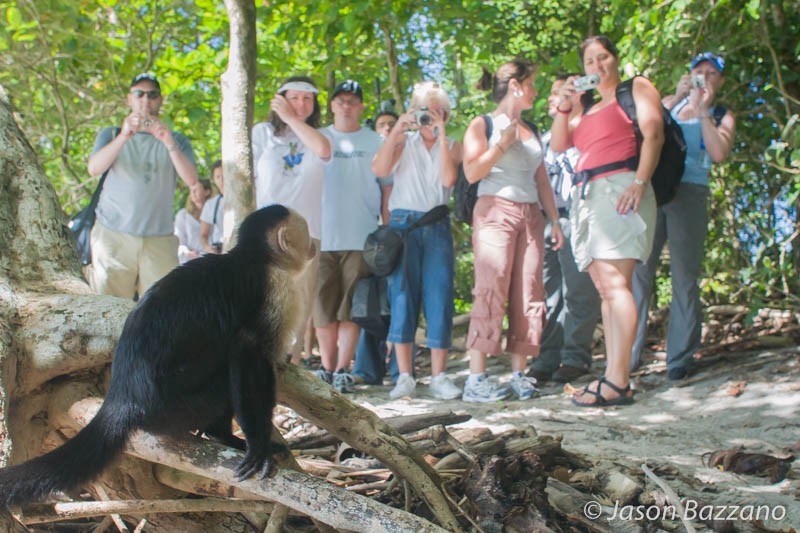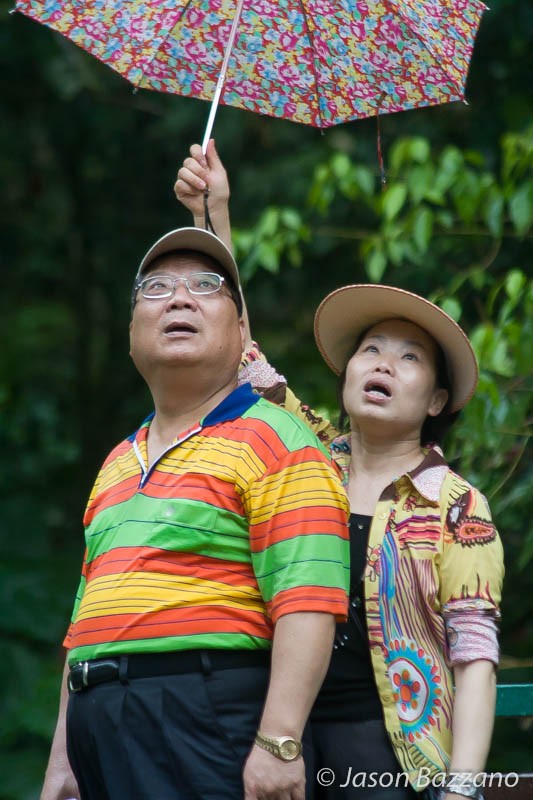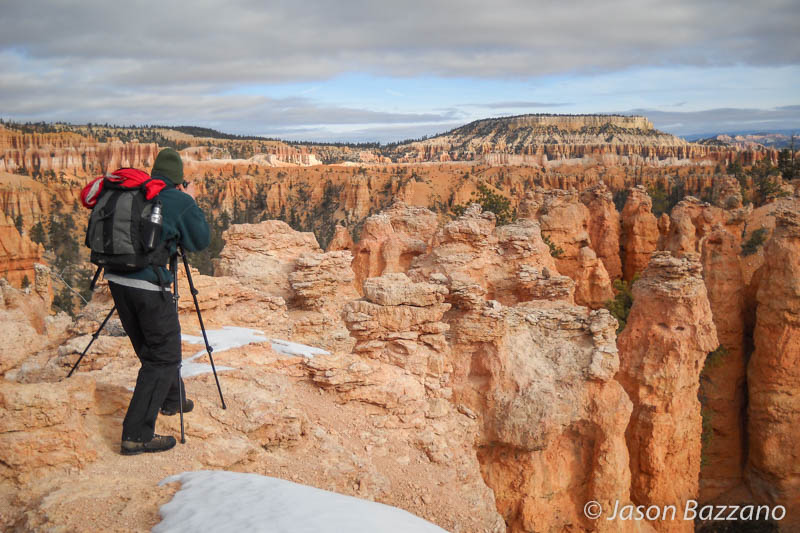In my last article I wrote about some rather specific technical details of photography; this week I’m going to take a step back and write about something a little more broad in scope: using photography to facilitate exploration of the natural world.
I know that not everybody is a photography fanatic, but with the ubiquity of cell phone cameras and the availability of inexpensive point-and-shoots, I think it’s safe to assume that most readers are probably at least casual photographers.

And that’s great! Photography can be loads of fun. The natural world is fascinating and beautiful, and photography can be an engaging challenge to try to find and capture a hint of this. However, there are some potential pitfalls to photography that must be avoided.
Photography is an activity that is often layered onto other activities. For example, “I’m going to go on a hike AND take some photos.” This means that it’s very easy for photography to compete for your attention against your other objectives for the day. Photography is such an effective competitor, in fact, that many feel that when they bring their camera along, they spend all their time looking through the viewfinder – virtually ignoring what’s actually in front of them.
This is precisely the opposite of what you want. You owe it to yourself to give the world your undivided attention.

Now, while photography can be a considerable distraction, it can also be used as a tool to focus your attention. The absolute best part of photography as an activity is that it provides you with a compelling excuse to slow down and investigate something carefully as you compose an image – something that you otherwise might have passed by. The simple act of taking a picture has given you new insight into your surroundings – not distracted you from them.
As an added benefit, this mindful consideration of the photographic subject and its surrounding variables will dramatically improve the quality of your photos. Bonus!
If you spend a substantial amount of time behind a camera, you need to make sure that it’s time well spent. Ponder your subject, look at it from all angles, discover the beauty in it, and THEN take out your camera and photograph it. If you fail to do this, not only are you missing out on the experience, but your photos are likely to suck.
And if photography isn’t your jam, well, that’s fine, too. You don’t need a camera to stop and observe the world around you. Just keep your eyes open!

